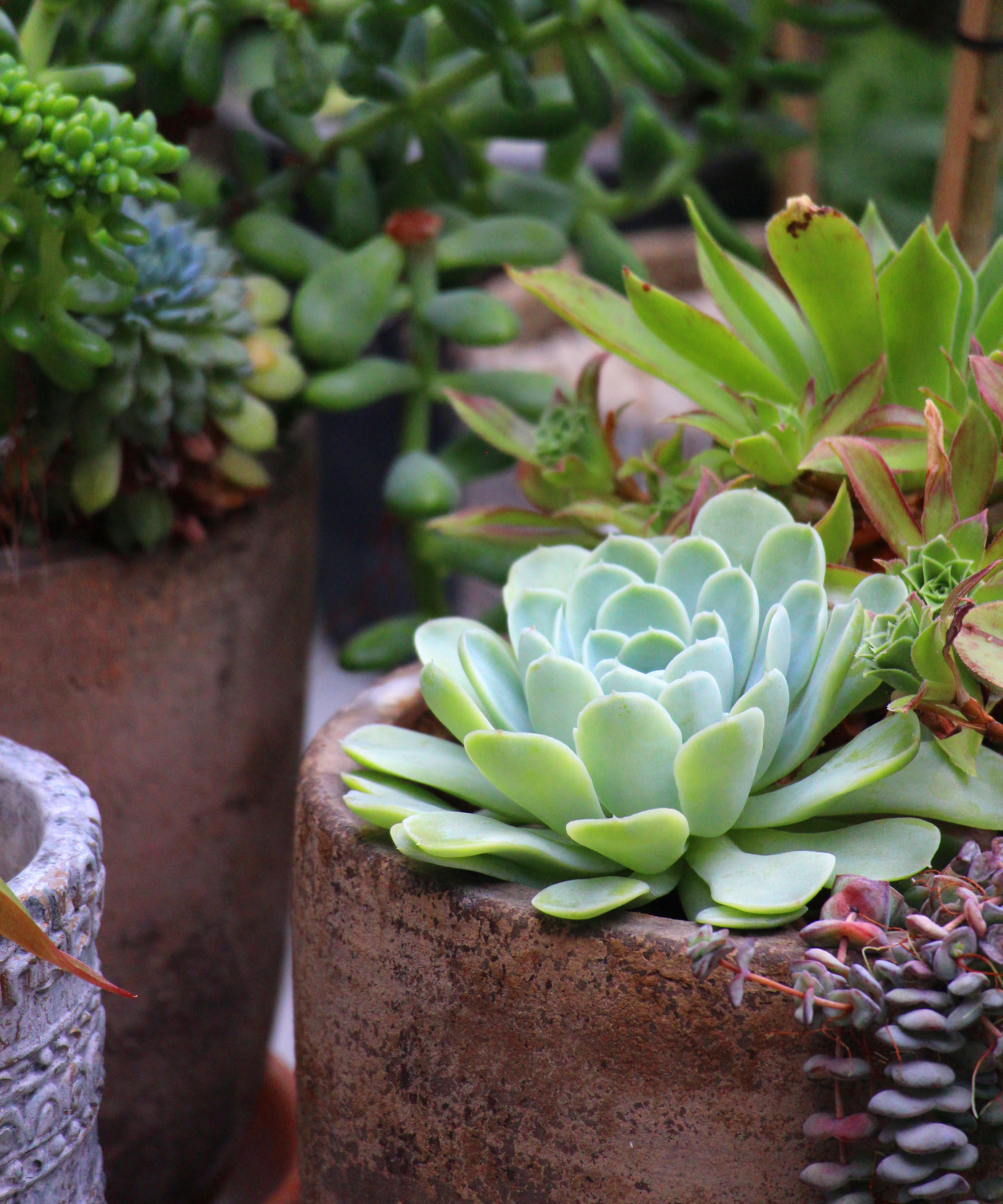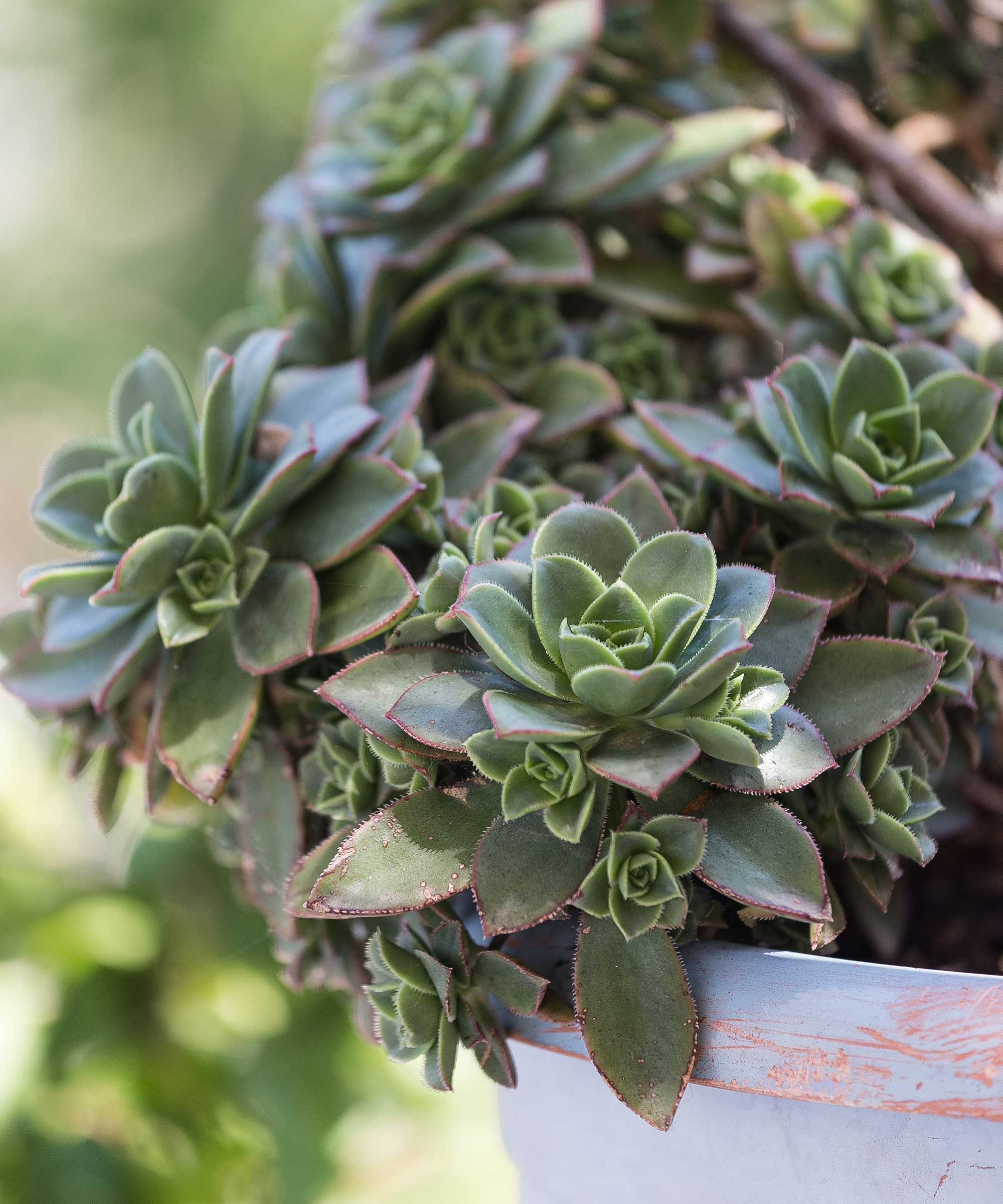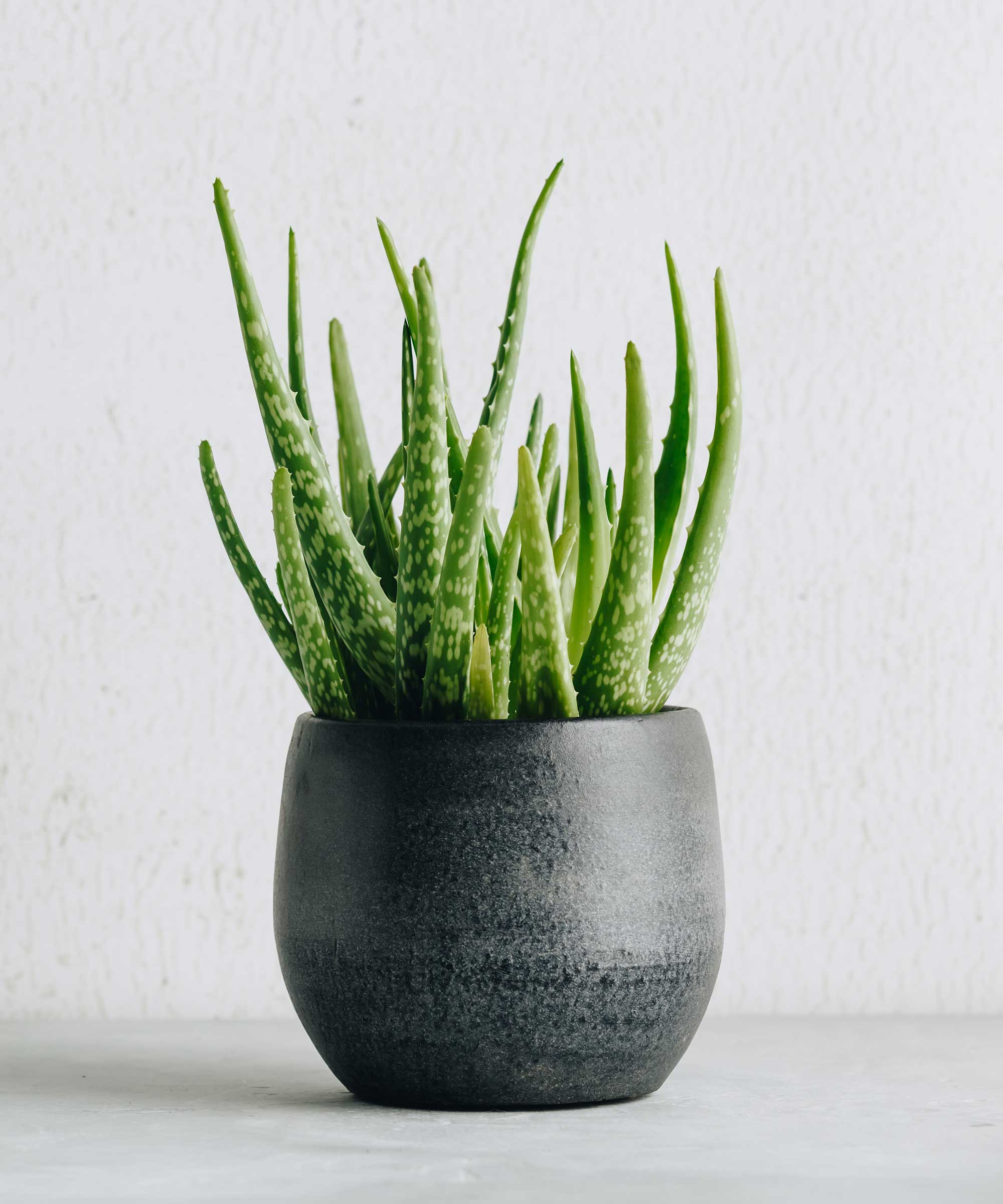How to revive a succulent in 6 easy steps
These 6 easy solutions for reviving a succulent will soon get it back to looking its best


If you're researching how to revive a succulent, the good news is that even if your favorite plant has seen better days, all is not necessarily lost. With the right advice, you can revitalize your plant and get it growing well again.
Succulents are favored by many houseplant growers thanks to their varied shapes, pretty foliage, and easy-going nature. The fact that succulents are so resilient makes them excellent easy indoor plants for beginners.
However, learning how to care for succulents does involve some specific techniques, and these plants can begin to suffer if they aren't looked after correctly. If your succulent is looking sickly, with leaves that are shriveled, discolored or drooping, there are some simple steps you can take to revive it.

How to revive a succulent in 6 easy steps
If your indoor succulent isn't looking its best, here are 6 top tips for nursing it back to health.
1. Diagnose the problem
The first step towards reviving your succulent is determining what's wrong with it. Zeeshan Haider, CEO and founder of GreenryEnthusiast.com, advises that 'the primary factors to consider include the health of the soil, the amount of light and the amount of water the plant is receiving.'
It's a good idea to pay attention to water levels in the soil, too. If the leaves of your succulent begin to look shriveled rather than plump, then it's likely it is dehydrated. On the other hand, if your succulent leaves begin to look droopy it may have been overwatered.


Zeeshan Haider is the CEO and founder of Greenery Enthusiast, a blog that provides advice and buying guides on the best gardening machinery and tools.
2. Adjust watering levels
Incorrect watering is more often than not the reason why a plant in your succulent garden begins ailing, so knowing when to water succulents is vital.
Design expertise in your inbox – from inspiring decorating ideas and beautiful celebrity homes to practical gardening advice and shopping round-ups.
Using the simple finger test is a good place to start, by inserting your finger into the soil. If your finger is dry then it's best to top up the water supply. If it is even slightly damp then it's best to leave it another day.
Underwatering is a less common problem with succulents, although it does happen. If you pick up the plant pot and it's very light, you probably need to water the plant.
However, succulents are drought-tolerant plants, so you don't need to water them very often. Water succulents when the soil is dry to the touch and make sure not to overwater or the plant can rot. Most succulents can easily go two to three weeks without watering, especially in winter.

3. Move your succulent to a new location
Although succulents are generally low-maintenance indoor plants, they can suffer from a lack of light. Zeeshan Haider says that 'succulents require plenty of indirect sunlight and should be exposed to sunlight for at least six hours a day.'
If your plant is in the shade, move it to a bright window sill and you should see it start to improve.

4. Give your succulent a new pot
Sometimes the issue is that your succulent has outgrown its container and needs repotting. When a succulent outgrows its pot the roots will begin to grow through the holes in the drainage pot and tangle. The plant may eventually go into shock if it is left root bound for too long.
Another telltale sign of when it's time to repot a succulent is when a plant is so big for its pot that it topples over.
5. Fertilize the soil
Like all indoor plants, succulents occasionally need fertilizing. Zeeshan Haider recommends fertilizing succulents every three months, and choosing a succulent-specific fertilizer (which can be bought on Amazon).

6. Inspect the plant for pests
Finally, make sure your succulent isn't suffering from pests. Watch out for small white and brown marks on the leaves, as these can be signs of scale, aphids, or mealy bugs. All three can be removed using insecticidal soap [available from Amazon].

FAQs
Can a succulent repair itself?
Yes, a succulent can repair itself provided you figure out what the problem is. If you provide your succulent with the proper light, water and fertilizer, it should be able to recover. Give your succulent a good few weeks to recover and you should see an improvement.
Learning how to care for and revive succulents could not be simpler. The good news is once you've cracked how to revive a succulent, these tips can be used as a starting point if any of your other houseplants start to show signs of ailing. These stylish plants are so easy to look after that, given time, they will sometimes even revive themselves. All the more reason to add them to your plant collection.

Anna is a professional writer and academic. She taught English Literature for several years before joining Future where she wrote for Real Homes, Homes & Gardens and Livingetc for four years. She is a regular contributor for Parade Home, BiggerPockets, and many other publications. In her spare time, Anna enjoys hiking and gardening.